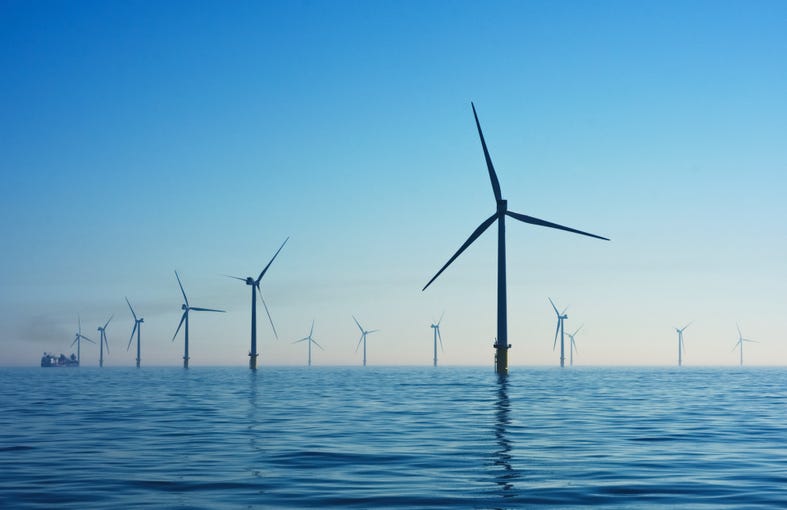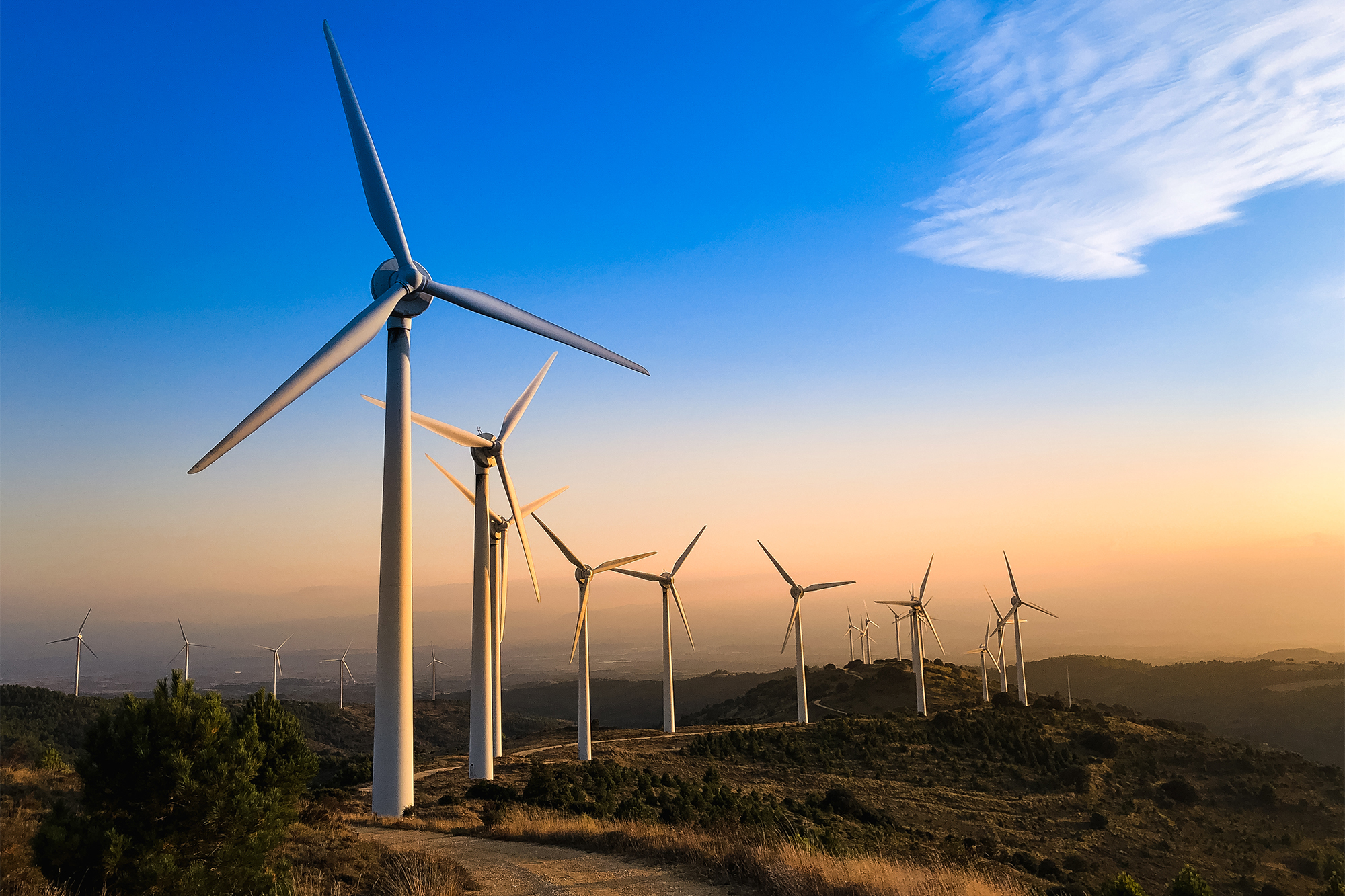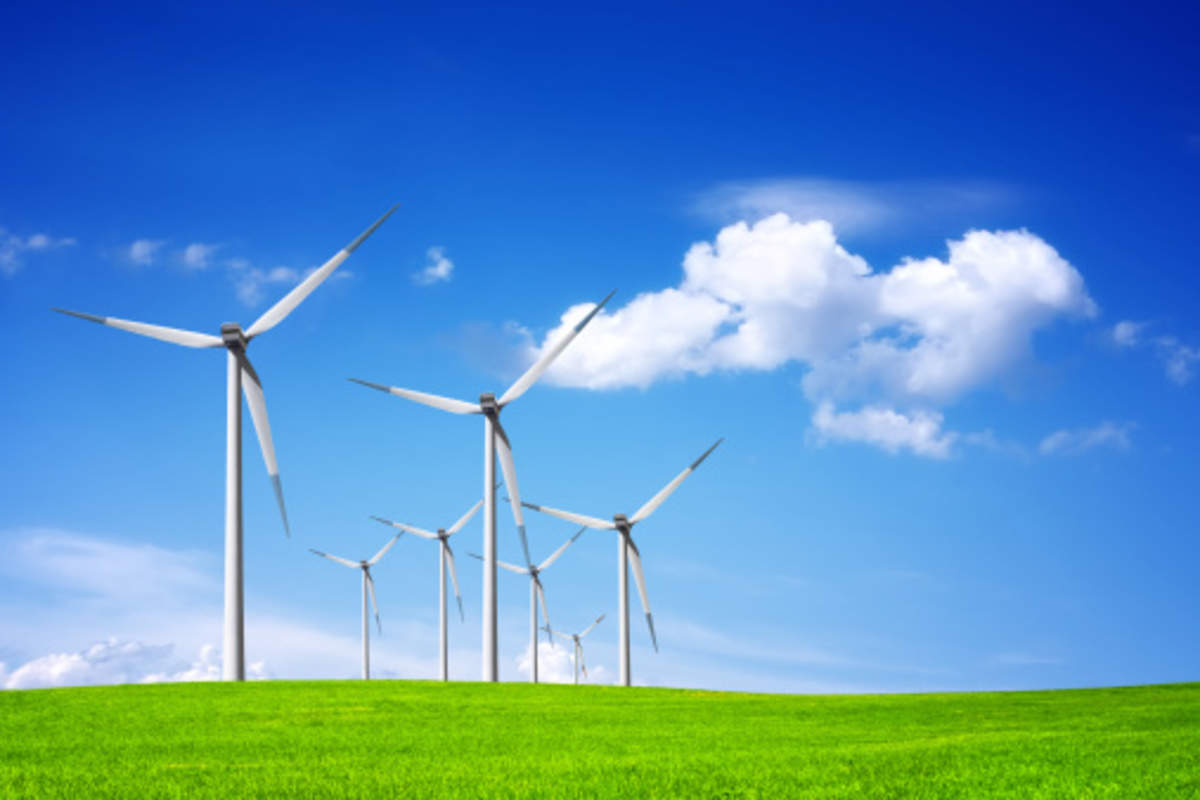1. Wind and solar energy in Europe
Many recent projects across Europe are beginning to demonstrate the huge potential of renewable energy. In August 2022, Spain started Iberdrola — the largest solar power plant in Europe with about 1.5 million solar panels and a capacity of 590 megawatts that will produce enough electricity to power more than 330,000 households. family.
The 49 wind turbines at Denmark’s Horns Reef 3 offshore wind farm have a total capacity of 407 megawatts and are estimated to meet the annual electricity consumption of about 425,000 Danish households.
Portugal is installing Europe’s largest floating solar park on the Alqueva reservoir, consisting of 12,000 panels. In April, Greece inaugurated a 204-megawatt solar farm with double-sided panels that can capture light from both sides.
REPowerEU’s plan to accelerate the transition to renewable energy and reduce Russia’s dependence on fossil fuels aims to promote such projects. The EU Solar Strategy is set to double solar capacity by 2025, and the European Solar Roof Initiative will introduce an obligation to install solar panels on buildings. larger public and commercial buildings and gradually also on new residential buildings. The licensing process for large renewable energy projects will also become faster.

2. Energy network and storage
The challenge of transitioning to renewable energy sources is not just production capacity. Power plants need to be connected to the grid that can accommodate the growing production capacity and deliver it to the end users.
To ensure a reliable electricity supply, promote the use of renewable energy and reduce the cost of electricity transmission, for example, some areas have encouraged homeowners or businesses to become producer-manufacturers. consumer — the consumer — produces electricity with solar panels, consumes some of it, and supplies excess energy to the grid.
A recently published EEA report shows that European consumers have many opportunities that can benefit their own households as well as society. By investing in energy production or storage, consumers can save on their own energy costs, accelerate Europe’s energy transition and reduce greenhouse gas emissions. Moreover, these opportunities are likely to increase in the coming years with better and cheaper technology and new policies.
Many electricity providers have also begun to encourage households to adjust their energy consumption to match production levels. This is possible with dynamic pricing that depends on the time of day and varies from hour to hour. In times of overproduction, consumers can get electricity almost for free, such as to charge electric cars.

3. Clean energy in the circular economy
Producing more solar panels or wind turbines also raises some difficult questions: do we have enough minerals to be used in solar panels or wind turbines? Where can we install wind farms? How do power plants affect wildlife? And how do we ensure that the resources, such as rare earth minerals, used in their production remain available?
EEA analysis has shown that the growth of renewable energy has reduced many global environmental and climate pressures, and targeted actions can help mitigate some adverse impacts. , such as freshwater ecological poisoning and land occupation. With an increasing number of renewable projects underway, it will be essential to assess the trade-offs with habitats and ecosystems.
The Energy and Industrial Geography Laboratory, developed by the European Commission’s Joint Research Center, is a new tool to address some of these concerns. The lab can be used to determine the ‘go to area’ most suitable for wind and solar projects, for example sites avoiding protected areas or migration routes of known birds.
Increasing the supply of clean electricity requires increasing generation capacity and adjusting infrastructure. That means more solar panels and more wind turbines on the supply side, as well as a better connected smart grid and — especially — smart users who pay attention to efficiency. energy. Any decision we make should take these long-term sustainability considerations into account.



